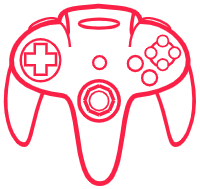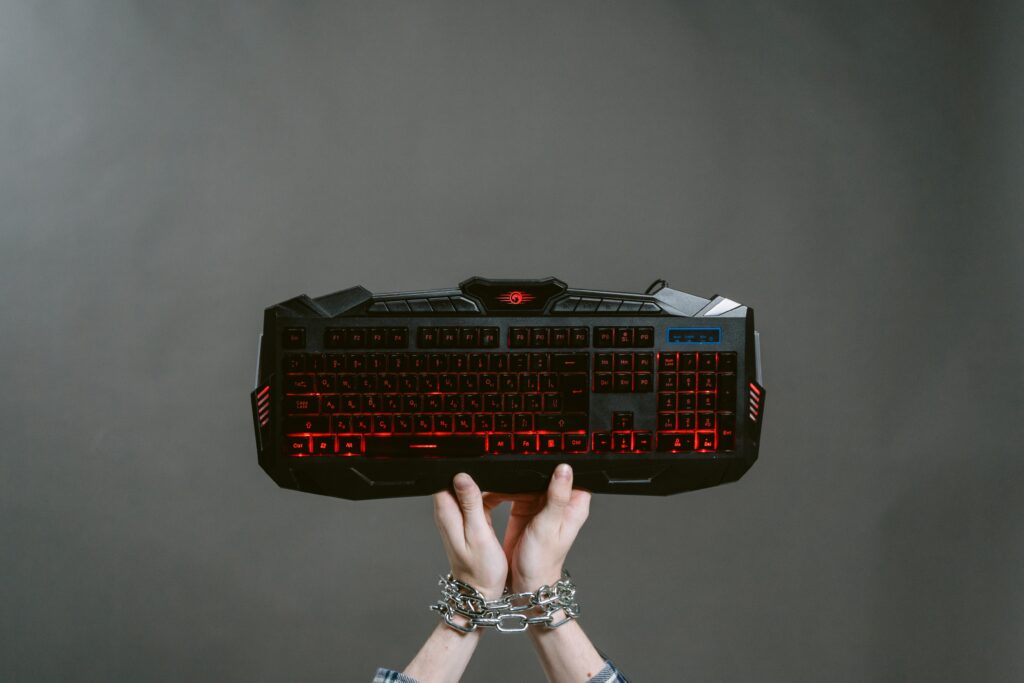“EXPLORING THE GALACTIC ADVENTURES OF SAMUS ARAN: A LOOK INTO THE WORLD OF METROID”
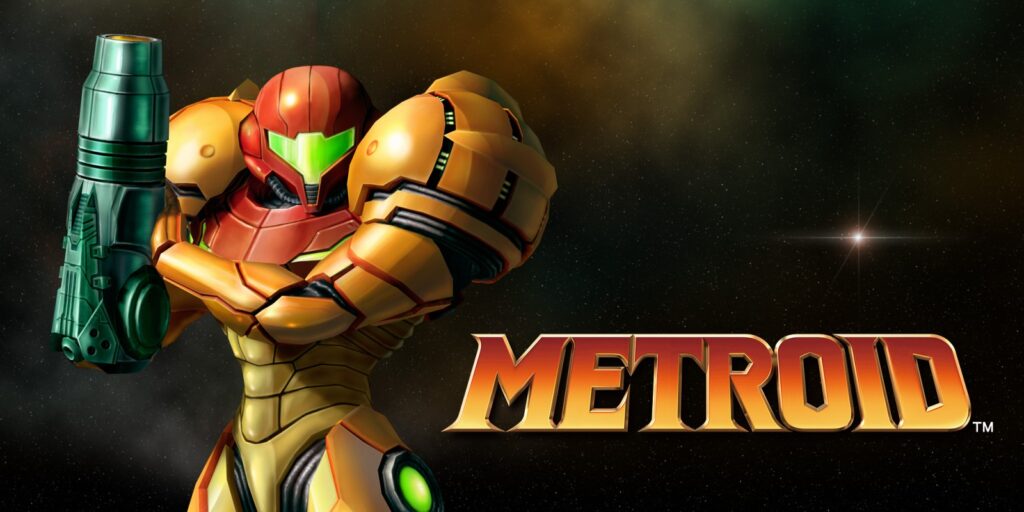
The story of Nintendo’s space series Metroid

Origins
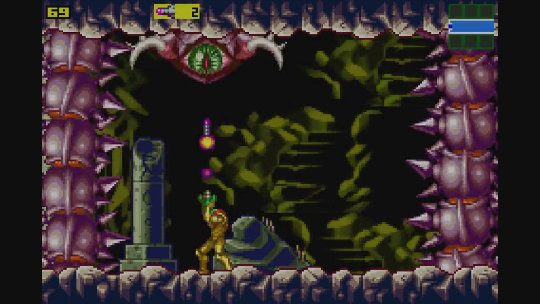
For the Game Boy Advance, a recreation of a chunk of the game was released in 2004. The first game is redesigned as if it were released during the Super Metroid era in Metroid Zero Mission. Sincerely, unless it has historical significance, there is no other reason to return to the original title at this time. remake.
Second title
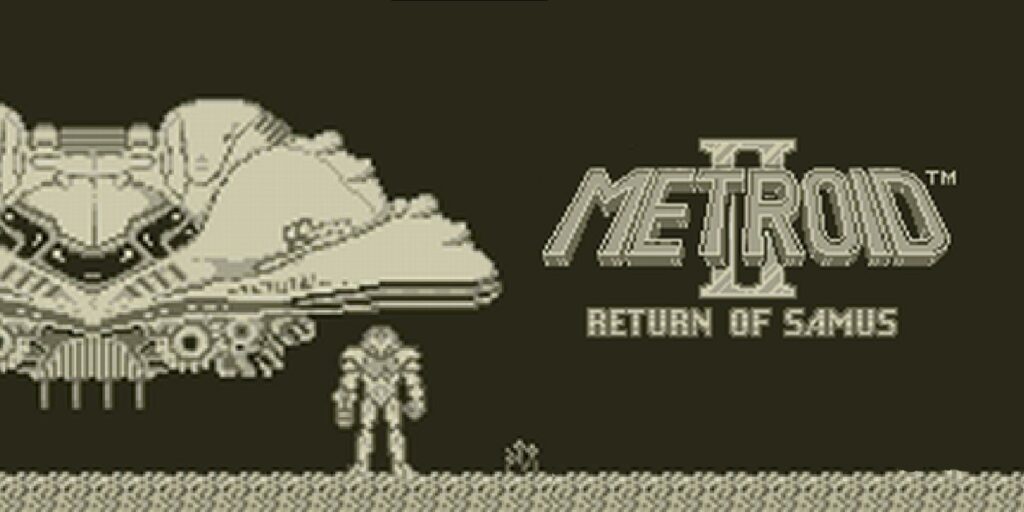
It occurs when music with ominous and hopeless overtones is played. The character of Metroid II first appears. There is the title screen, the logo, and the music—possibly one of the audio tracks in video games that irritates me the most. Not because it’s a bad thing; just the opposite. Although this tune best captures the desolate mood of Metroid II, I don’t believe any other track does.
The second Metroid raises the bar for atmosphere, which was already high in the original game. Samus’ task is to exterminate a race, in this case the aforementioned metroids, in order to stop them from being turned into the dreadful weapons of mass devastation they are capable of becoming. This is why Samus travels to the planet. SR388 in an effort to ultimately depart from the cosmos with one less worry.
The game alters a little at first because of the theme. You move through the planet’s surface while being accompanied by upbeat music until you come across your first metroid. There are currently 39 people on the world, according to the Metroid counter. After the first is taken out, the number falls to 38, the earthquake occurs, and a doorway that wasn’t there before is opened. At that point, the game has already given you all the information you need and has begun. Live music starts to play; it is more of a ballad in the vein of the desperate song’s title. The adventure just gets worse from this point forward.
Simply because of that, Metroid II: The Return of Samus is intriguing. Although it is the series’ most straightforward game, it is nonetheless easy to get lost in. It features a clear progression divided by regions that resemble little worlds and have almost no linearity, but are only unlocked after eliminating a specific quantity of metroids in that region.
You can get lost and make progress while looking for the essential steps to make the lava disappear because of the lava column that marks the area’s end and will not allow you to cross. The experiment is intriguing and counterintuitive but nevertheless original, adding to the experience’s appeal for many.
Also, this game is a spectacular little original from Nintendo called the Gameboy. Without color, take note. The system did not create color in addition to having obviously less power than Nintendo. Completely in black and white, Metroid II has a significant amount of atmosphere.
A remake of Metroid II will also be released in 2017. Spanish company produced. Despite being extremely different from the original, this amazing game is also the source of MercurySteamMetroid Dread. The idea is that loneliness isn’t as strong as it once was, but it’s an intriguing first attempt to update the series for more contemporary games.

Super game
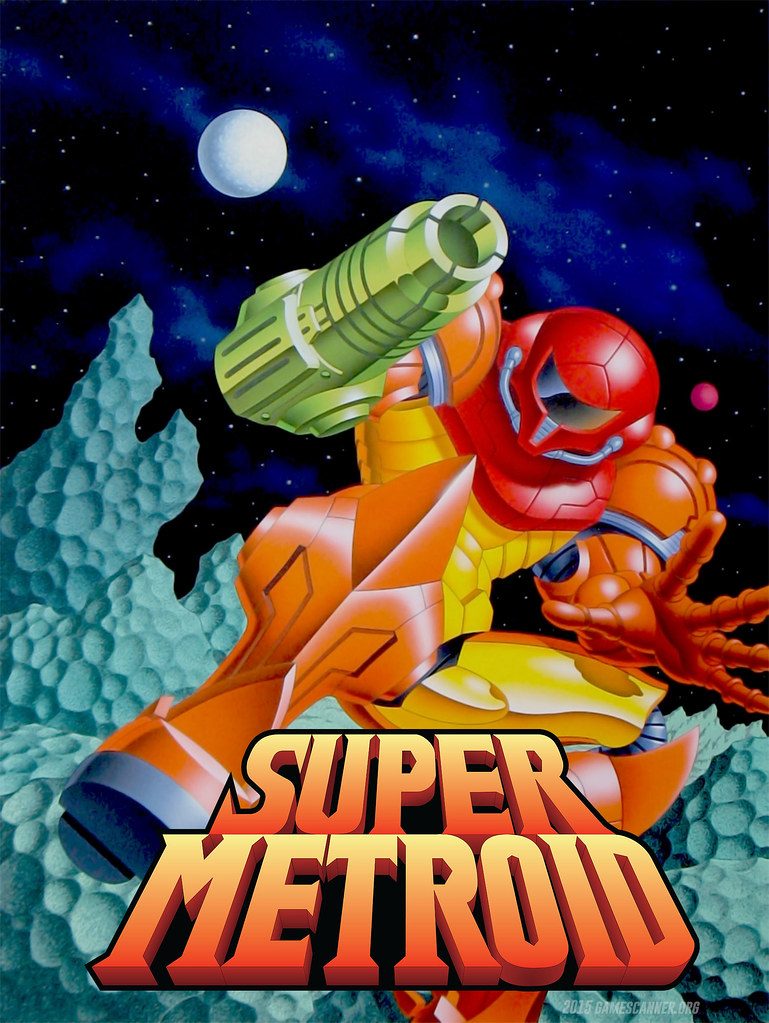
Super Metroid’s ability to be intuitive for any player, something that was badly lacking in the previous two games, is maybe its most outstanding feature. The third game in the Samus series, Super Mario World, manages to be more challenging while remaining incredibly intuitive and requiring less language.
The game’s introductory scenario teaches Ceres aboard the station the fundamentals of movement and battle before she faces Ridley, an unbeatable tutorial opponent. The player will have mastered all the game’s fundamentals by the time this procedure is finished.
By playing as Ridley, Zebes, the planet where the first Metroid events occurred, demonstrates the game’s genius: everything the player sees serves as a hint for where to go, and each item they find along the way makes them want to revisit earlier regions to investigate something new. hidden. He is outstanding. Unsurprisingly, Super Metroid and Castlevania: Symphony of the Night are credited with inventing the genre. metroidvania

Attempt of Fear
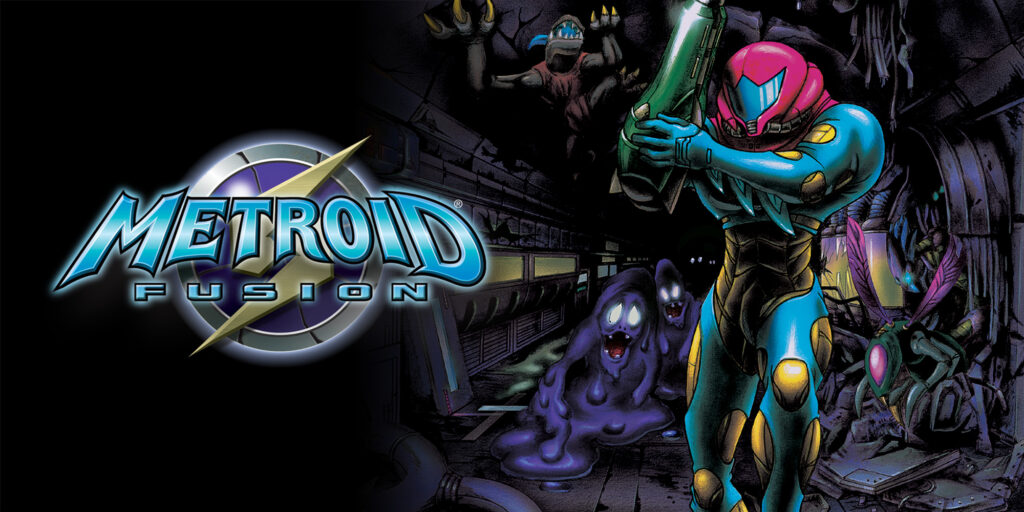
The video game Metroid Fusion is fantastic. Even with significant modifications to the experience often found in the franchise and an eight-year wait for a new game, it is all fans could hope for. The entire brand has always had a sense of isolation. Samus travels by himself at all times.
As it isn’t alone for the first time in three games, the aforementioned Super Metroid finale might not be as impactful without loneliness. The metroid doll, who perceived her as a mother, refused to confront the chaos of existence. mother brain acting alone. A dramatic and moving scene that highlights how lonely the games can be and at times highlights the value of having a friend.
Loneliness isn’t included in Metroid Fusion because of the manner the tale is delivered. Samus’ objective in this game is much clearer than it was in earlier games; he not only explores a planet but also a space station while adhering to numerous commands from his ship’s computer.
Such orders take the bounty hunter to the world’s most varied locations, and while it may appear like any other adventure in the series, there is a noticeable difference in this one: There are no longer many methods to get out of a problem or a predicament. Samus is now in a command position and is looking for a straight path.
The personal connection between each player is somewhat diminished because everyone must now pursue the same path, but it also makes portable video games more consistently enjoyable. Since the game is exactly in the Super Metroid manner, you can advance more quickly in shorter gaming sessions.
Yet, linearity is not the main modification in Fusion. Some older games’ main characters have been rendered impersonal, as if they were a graphic depiction of their players, due to technical restrictions and “immersion” problems.
Developers started to desire to make them into more, true tale drives, as the media got better. When immersion and idealization are taken into consideration, various issues arise. Series who pride themselves on having quiet protagonists will gripe that they’re breaking a long-standing convention.
This occurs in Metroid Fusion and Samus Aran’s new storytelling approach, which eliminates his status as a player’s basic avatar and elevates him to the status of a fully realized character. His bond with his computer, which makes him think of an old buddy named Commander Man, deconstructs Samus’s lonely personality, which is among many people’s favorite aspects of him.
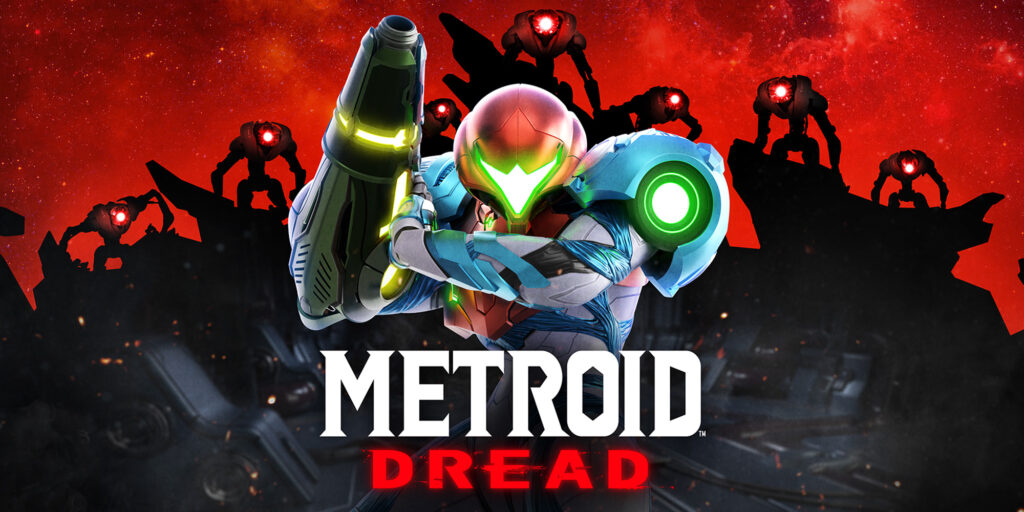
But then we move on to a more significant topic: When we discuss features that appear to be pre-built into Super Metroid and other games, all we have are supposition and our individual impressions. What is referred to as “idealization” fits this situation perfectly. In the end, nobody’s idealized version of Samus from the silent hero they knew is more accurate than anyone else’s. Fusion eliminates this potential from the variety of sensations to describe a true situation.
It is now more comprehensive since it possesses qualities that cannot be disputed or explained by theory. Even though it may sound dull, it’s an essential step in broadening the series’ universe.
Due to its position as the series’ final installment chronologically, Metroid Fusion carries a heavy burden. Everything that resulted from the 2002 television series here occurred after the occasions mentioned here. This is another reason why the news of Metroid Horror is significant: after 19 years, the Metroid sequel has finally been released.
If you liked this post, share it and bookmark us!
Continue reading: 5 affordable gaming keyboards that will blow your mind!
